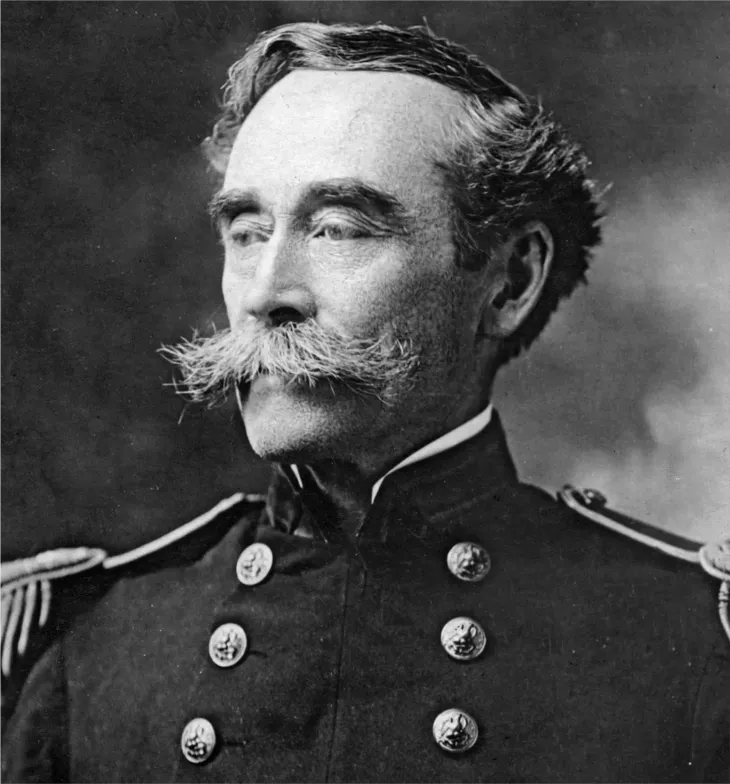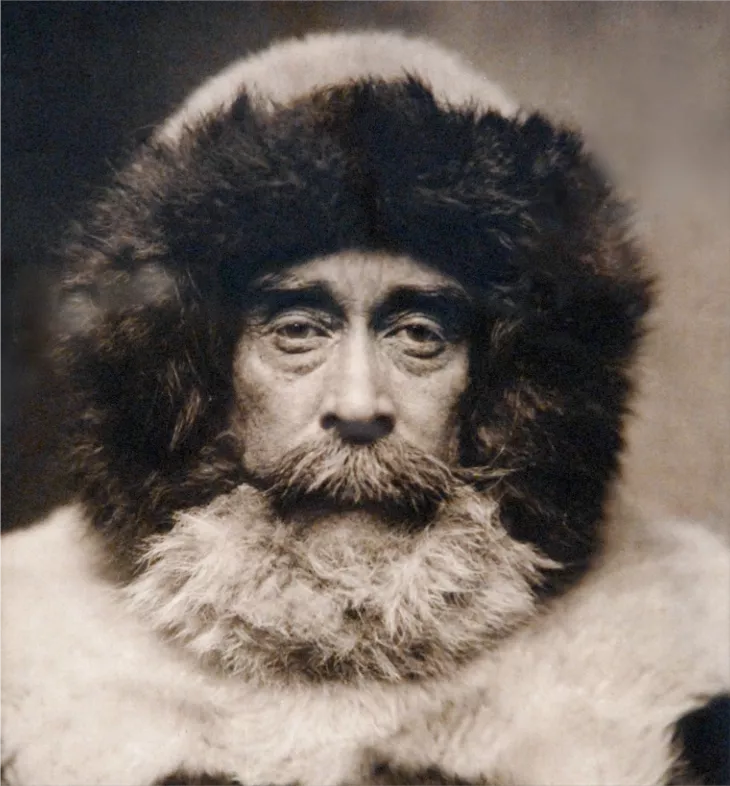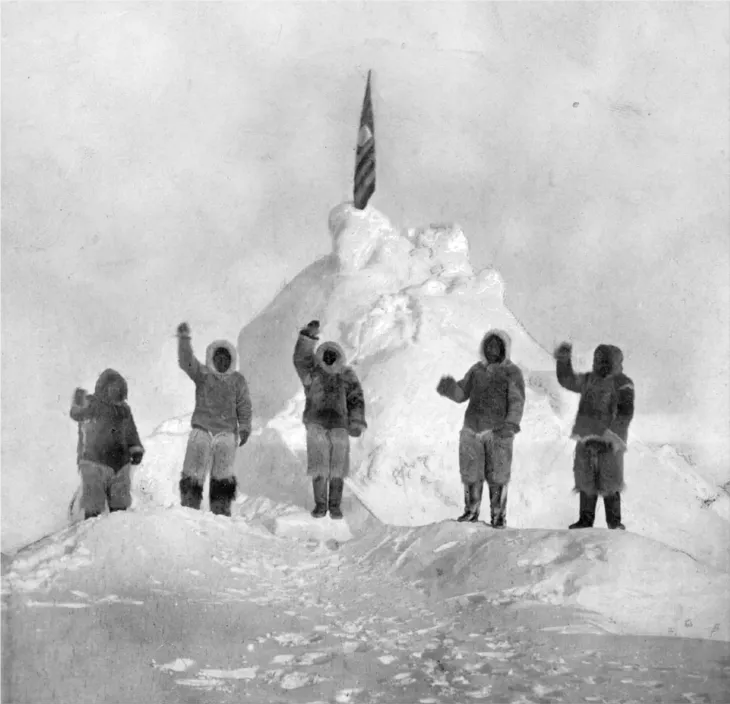The Arctic represented one of the frontiers of the known world, an unforgiving and unknown place where all kinds of myths came to life. For many years, Robert Peary had a personal interest in geography, particularly the unforgiving frontier of the Arctic. His determination and perseverance eventually led him to the ultimate challenge: to become the first man to reach the geographic North Pole. However, Peary's claim to fame was clouded by controversy and a lack of evidence that continues to be debated to this day.
In the book "90 Degrees North", historian Fergus Fleming called the American adventurer Robert Peary "the most impulsive, the most successful and the most unpleasant man in the annals of polar exploration." Peary was certainly one of the most controversial figures in the history of the Arctic conquest. In April 1909, he claimed credit for being the first man to reach the geographic North Pole, a claim that was not accepted by many and remains controversial to this day.
Peary was disfavored by a lack of accurate measurements and some inconsistent data in his logbooks. Geographical societies were divided on giving him the credit he claimed. In contrast, his claim was overshadowed by the proof presented by Roald Amundsen, who could prove, with clear scientific evidence, that he had reached the northernmost point of the Earth in 1926.
Throughout history, the Arctic has stimulated the imagination of humanity with a mixture of curiosity, respect, and fear. Only a handful of communities had come to settle in the outermost regions of the pole, such as the Scandinavians, the natives of North America, and a few Russian hunters and traders. However, the advance of exploration tools and survival techniques made the idea of reaching the exact point of the North Pole feasible in the 19th century.
Robert Edwin Peary was born on May 6, 1856, in Cresson, Pennsylvania, and built a career in the US Navy using his knowledge of engineering and cartography. His work focused on mapping new routes, both land, and sea, focusing on opening trade routes. Peary alternated his work as an engineer with exploring possible routes and means of reaching the North Pole. On one of his professional trips, he was tasked with mapping possible routes for a canal through Nicaragua.
Peary began to make significant progress towards his goal when he met Matthew Henson, a black man who had embarked to escape racial violence and who would become his right-hand man on his voyages of exploration. Peary went to great lengths to prepare for his assault on the Arctic, living with the Inuit for over a year, from whom he learned how to travel by dog sled, hunt, make fur clothing, and build igloos. This enabled him to deposit supplies at various points along the way, aiming to lighten the expedition's equipment and achieve greater self-sufficiency.
Finally, after ten years of reconnaissance expeditions, in February 1909, he set out on the final conquest of the North Pole, departing from Ellesmere Island, the Canadian neighbor of Greenland. After a journey of nearly 40 days, on April 6, they reached what they believed to be the geographic North Pole. To Peary's disappointment, it was not he but Henson, who had been leading the ground reconnaissance mission, who was the first to set foot there. This was a fatal blow to his relationship with Peary, who gave him no recognition and ignored his role in the books the explorer wrote about his exploits.














